From Beginner to Intermediate – Training Drills to Elevate Your Skills
Here are some ideas for training that will help you move from a beginner rock climber to an intermediate climber.
Hey there fellow climbers! So, you've conquered those beginner routes, and now you're itching to take your climbing to the next level, huh? Well, you're in luck because I've got some awesome training drills to help you bridge that gap from beginner to intermediate like a pro!
Before we dive in, remember to always warm up properly before starting any climbing session. Warming up not only helps prevent injuries but also primes your body for the challenges ahead. So, let's get started!
Endurance Training: The Power of the Pyramid
Building endurance is crucial for intermediate climbers. One great way to improve endurance is through pyramid training. Start with easy routes and gradually increase the difficulty level. For example, climb one easy route, then climb two slightly harder routes, followed by three even more challenging routes, and so on, until you reach your peak difficulty. Then, work your way back down the pyramid. This drill not only improves endurance but also helps you adapt to different climbing styles and holds. At Gecko Climbing Gym, this could mean starting on Green Geckos, then moving to Yellow, then Red - or start on Yellow Geckso and move up from there and then back down again.
Source: REI - Rock Climbing Techniques
Strength Training: Hang Tight!
To tackle those tougher routes, you'll need to strengthen your grip and upper body. Hangboard training is an excellent way to target these areas. We have several hangboards in our functional training area, and we also offer custom Gecko Boards if you want one to install at home! Start with simple hangs and gradually incorporate variations like one-arm hangs and offset grips. Remember, quality over quantity! Focus on proper form and gradually increase the intensity as you progress.
Source: Climbing Magazine - How to Hangboard
Technique Refinement: Silent Feet, Swift Climbs
As you advance, refining your climbing technique becomes increasingly important. Silent feet technique focuses on climbing quietly and efficiently, minimizing wasted energy. Practice placing your feet precisely and using your legs to push yourself up rather than relying solely on your arms. Pay attention to your body positioning and balance. The quieter your feet, the smoother your climb! And a quick tip from the training our youth climbing team members do - if you attach a bell (think jingle bells) to your climbing shoe, you can really challenge yourself to keep quiet!
Mental Toughness: Conquer Your Fears
Intermediate climbing often introduces more exposure and mentally challenging situations. Overcoming fear is key to progressing. Practice controlled falls to build confidence in your gear and belayer. Visualize successful climbs and focus on your breathing to stay calm under pressure. Remember, it's okay to take breaks and step back if you're feeling overwhelmed. Mental strength is just as important as physical strength in climbing!
Source: Climbing Psychology - How to Overcome Fear in Climbing
Rest and Recovery: Listen to Your Body
Lastly, don't forget the importance of rest and recovery. Climbing puts a lot of strain on your muscles and tendons, so make sure to give your body time to heal between sessions. Incorporate stretching, foam rolling, and gentle exercises to aid recovery. And remember, it's okay to take rest days! Your body will thank you for it.
If you’re looking for a customized approach to improving your climbing skills, consider working with one of our personal coaches at Gecko, your friendly Phoenix rock climbing gym. Share your goals with us, and we’ll put together a training plan to help you get there.
So there you have it, folks! With these training ideas and a dash of determination, you'll be soaring up those intermediate routes in no time. Keep pushing yourself, stay safe, and most importantly, have fun! Happy climbing! 🧗♂️🏔️


